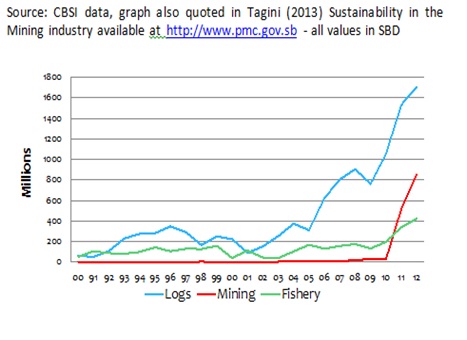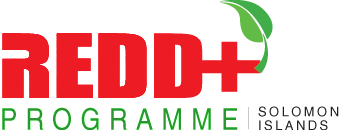As an island country that consists of 990 islands, the total land area of Solomon Islands is 29 million ha. Forest accounts for 77% of the national territory (FRA2010, FAO), of which 30% is estimated as commercial forest being evaluated as a very important resource among various natural resources of SI. 85% of the population of SI reside in rural and mountain villages. 80% of the SI forest is customary forest. Since most tribes acquire the necessities of life such as shelter, food and water, farmers and mountain villagers rely highly on forest.
Forestry greatly contributes to the development of SI. Financial revenue by timber export, especially by job creation in farm villages greatly contributes to the growth of the GDP of SI. SI has very high level of dependence on forest products export. As of 2011, the timber and forest products export revenue accounts for 59% of the total export revenue of SI, which accounts for 24% of the GDP of SI. The mainly exported forest products are log and sawn wood.

Therefore, Forest degradation is defined as the human-induced loss of carbon stocks within forest land that remain forest land. Example is logging. The useful indicator for reducing the rate of forest degradation in the Solomon Islands is”Reducing the rate & volume of timber extraction”.

